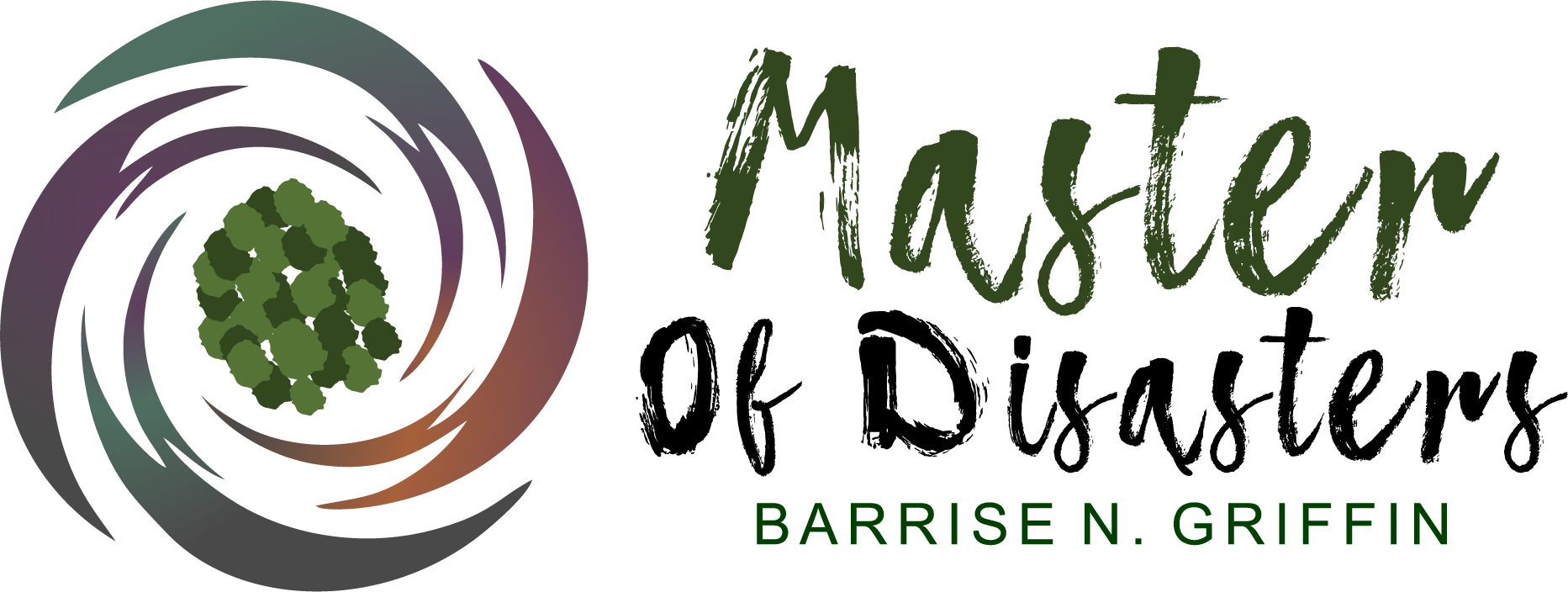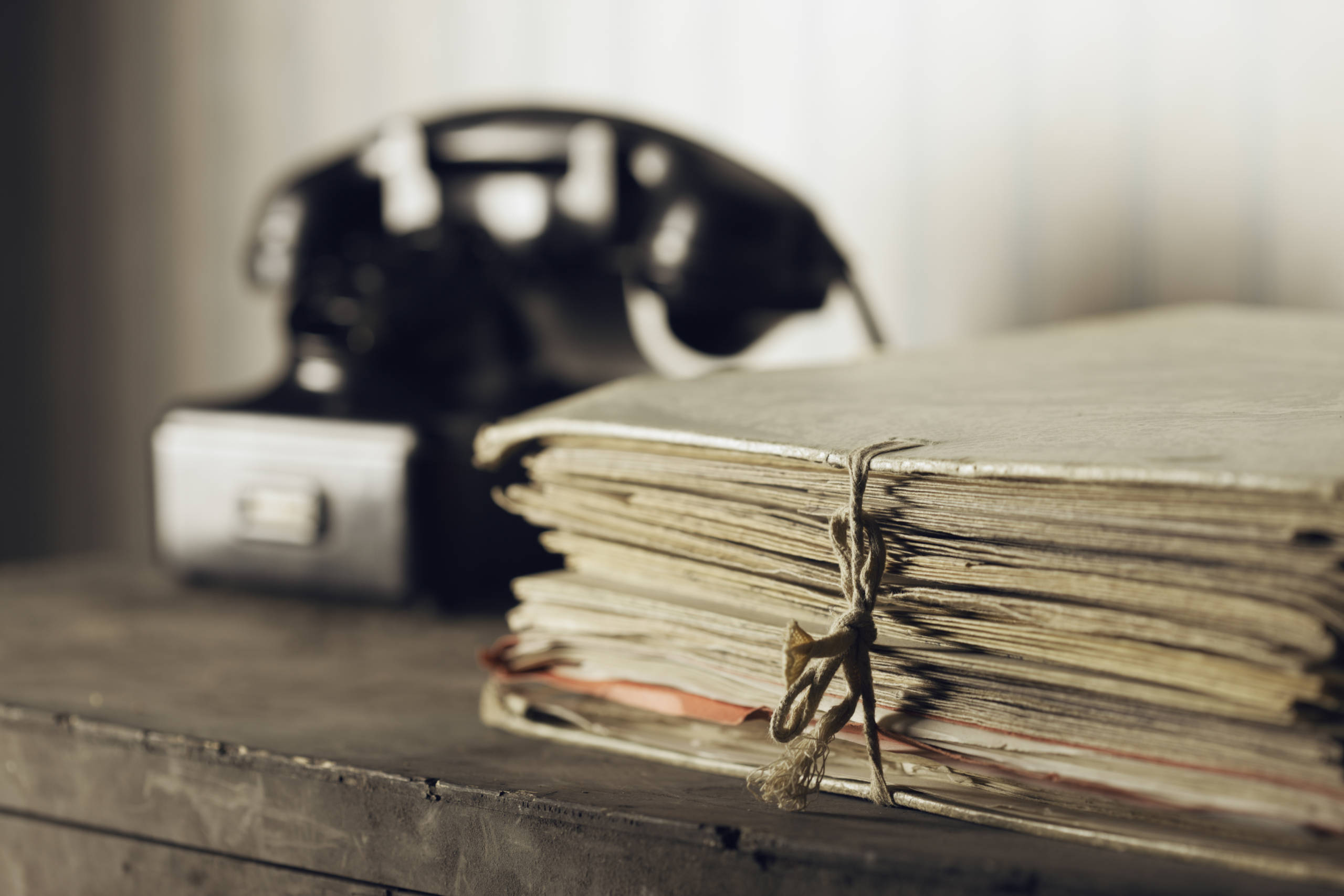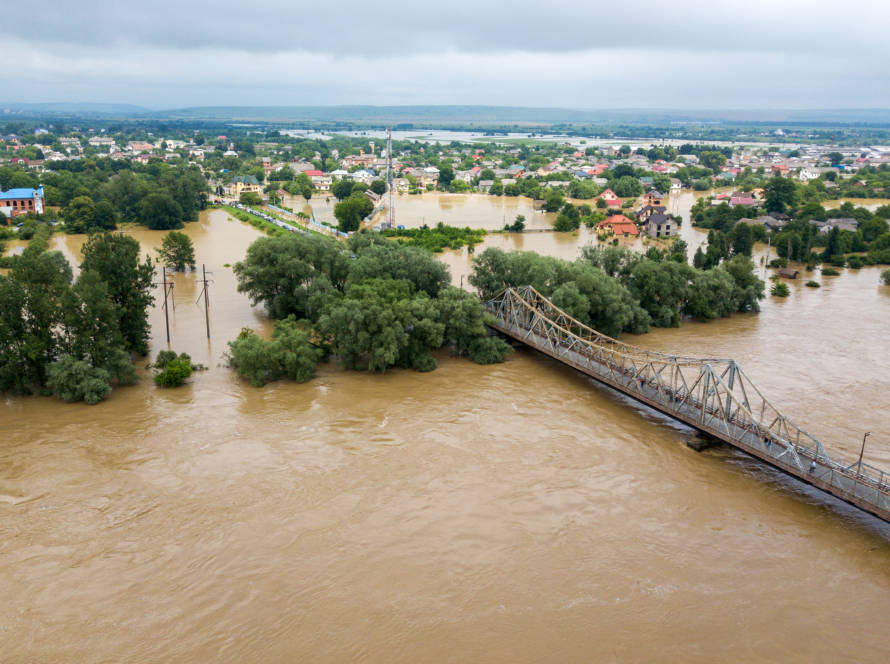“Can we know the risks we face, now or in the future? No, we cannot: but yes, we must act as if we do.” — Douglas and Widavsky (1983). Risk and Culture: An essay on the selection of technological and environmental dangers.

“Can we know the risks we face, now or in the future? No, we cannot: but yes, we must act as if we do.” — Douglas and Widavsky (1983). Risk and Culture: An essay on the selection of technological and environmental dangers.
In 1986, NASA launched The Challenger but it burst into flames 73 seconds after the ship launched. Millions of spectators watched in shock and sorrow as the wreck killed the 7 explorers. In 2010, the Gulf of Mexico was flooded with an estimated 4.9 million barrels of oil when the Deepwater Horizon oil rig exploded. This industrial disaster was marked as one of the largest environmental disasters in American history. In 2019, Hurricane Dorian–the most intense and strongest storm in the recorded history of The Bahamas– struck northern islands of The Bahamas as a Category 5 storm. The storm’s 3-day slow trek at sustained wind speeds of 185mph, left as many as 29,000 residents without homes, jobs or both, and an estimated $7-billion in damages.
Risk is all around us. And worst case scenarios happen more often than we think, because how we organise our societies is what often leaves us vulnerable to unfavourable outcomes. Disasters can be both natural (environmentally-related such as floods, landslides, wildfires, hurricanes, earthquakes, etc.) or man-made (like terrorism, chemical and biological threats, technological failures, etc.). Ultimately, disasters are the complicated result of human actions mixed with natural or man-made hazards. Thus, having preparedness, action and recovery plans in place are crucial in saving lives and reducing negative impacts on lives, property, assets, businesses and general way of life. Preparedness can also reduce fear and anxiety that results from sudden losses and changes. For instance, the Covid-19 pandemic has suddenly and intensely shaken our ways of life as we now move into the “New Normal”.

The message?: Anything can happen! At any time! We must now rethink how we view disasters–both major and minor–as they can happen with little to no warning. It can be from flat tires to robberies to flash flooding from heavy rain. Even our “New Normal” as we move through life in a pandemic shows us that we must be prepared for the unexpected.
It is our duty to prepare. In this series, I will provide you with tips, strategies and things to consider to stay alert and ready.
Always remember: “If you fail to plan, you plan to fail.”



